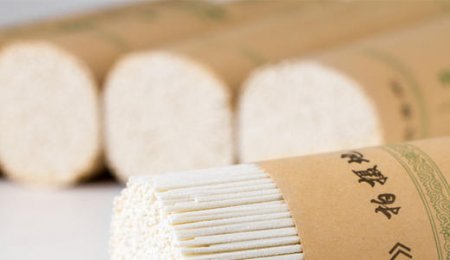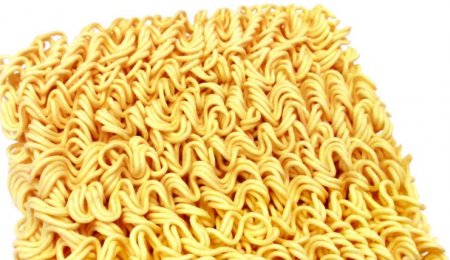
The Latest Information To Understand The Industry Situation

Recently, the Qingdao Municipal Bureau of Private Economy announced the list of "Leading and Exemplary Private Enterprises in Qingdao for 2024," and Qingdao Qingdao HICOCA Intelligent Equipment Technology Co., Ltd.was successfully selected.

Consumers have a strong appreciation for "traditional foods" and "traditional handicrafts." Handmade noodles have a history of over 1500 years in my country, and their production involves traditional techniques passed down through generations, requiring meticulous skill and precision in every step of the process. The traditional handmade process for hollow noodles involves more than 20 steps, making it a complex and demanding craft. Currently, it is mostly produced in small workshops or through semi-mechanized processes, resulting in low efficiency and a relatively low rate of high-quality finished products.
![[Knowledge Sharing] The Process and Conditions for Industrial-Scale Steamed Bun Production](http://aliyun-hk01-cdn.hcwebsite.com/4f540bdaefcb2afc4e0b2dfbdc4fdee6/data/thumb/res/cn/20241120/5b3a05bcda510ea4c81c4eeac9cf784a_b3876b25.jpg_20241120083509_450x260.jpg?v=ljyFcZPk)
Its primary functions are twofold: 1) To ensure that all ingredients are thoroughly mixed and interact properly. 2) To allow the flour to absorb water, forming gluten and a network structure, which then allows the dough to expand and achieve the desired consistency. Kneading should be performed with sufficient force and for an appropriate duration, depending on the specific ingredients and desired outcome, to achieve the optimal dough texture. Generally, kneading should not be replaced by rolling or pressing.

Different types of cereal starch have different gelatinization temperatures, and the twisted shape of instant noodles introduces issues related to thickness and density. Maintaining a good temperature gradient (layering) within the steamer is crucial. A higher temperature at the bottom of the steamer causes the noodles to lose some moisture after being removed, thus providing a drying effect.
![[Sharing] A complete guide to handmade, rolled noodles (traditional dried noodles)](http://aliyun-hk01-cdn.hcwebsite.com/4f540bdaefcb2afc4e0b2dfbdc4fdee6/data/thumb/res/cn/20241101/12e0a41660ef0c67.jpg_20241101113104_450x260.jpg?v=ljyFcZPk)
Japanese "hand-pulled noodles" (also known as "handmade ramen" in China) have a long history spanning over a century, and the "Ibo-no-Somen" brand from Tatsuno, Hyogo Prefecture, stands out as a top-tier example. Made with high-quality local wheat flour, natural spring water from the Ibo River basin, and Akō salt, these noodles are handcrafted by local artisans, resulting in a chewy texture, smooth taste, and lingering flavor. (A 600-year-old traditional noodle-making method) The history of Ibo-no-Somen noodles can be traced back to the Muromachi period, over 600 years ago, originating in the Harima region (now southwestern Hyogo Prefecture). Initially, production was carried out by individual households. Standardized production of hand-pulled noodles in the Harima region began during the An'ei era of the Edo period (1771-1780), when the production of these noodles was encouraged as a "licensed industry" by the Tatsuno Domain. From 1872 (Meiji 5), the beginnings of a local hand-pulled noodle industry association (called "kumiai" in Japanese) emerged, and in 1887 (Meiji 20), the "Harima-no-Kuni Ibo-Higashi and Ibo-Nishi-gun Somen Business Association," the predecessor of the current "Hyogo Prefecture Hand-Pulled Somen Cooperative," was officially established, marking the beginning of large-scale production. This organized and standardized production effectively preserved the excellent traditions, increased consumer confidence in Harima hand-pulled noodles, and truly brought them to prominence.

From October 9th to 12th, the 23rd All Pack Indonesia International Packaging Exhibition grandly opened in Jakarta. As one of the largest and most prestigious international exhibitions in the packaging industry in Indonesia, the event showcased leading packaging companies from Southeast Asia and surrounding regions, presenting a comprehensive overview of industry trends and attracting professionals from around the world. Qingdao HICOCA also participated in the exhibition in Indonesia.